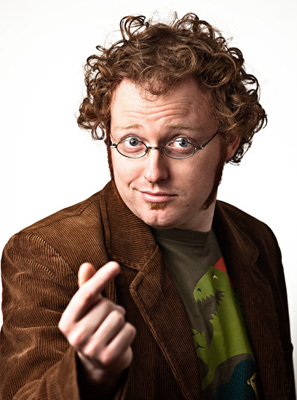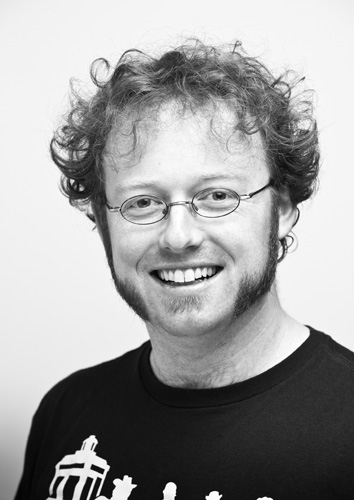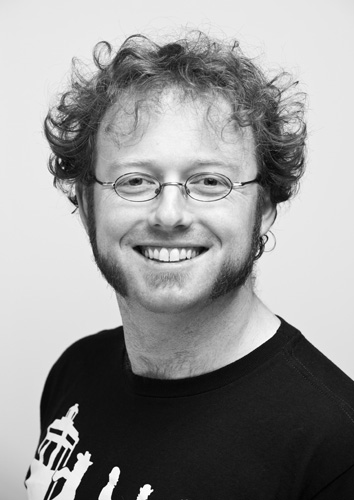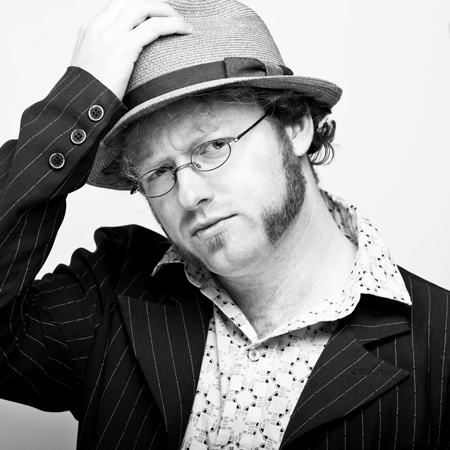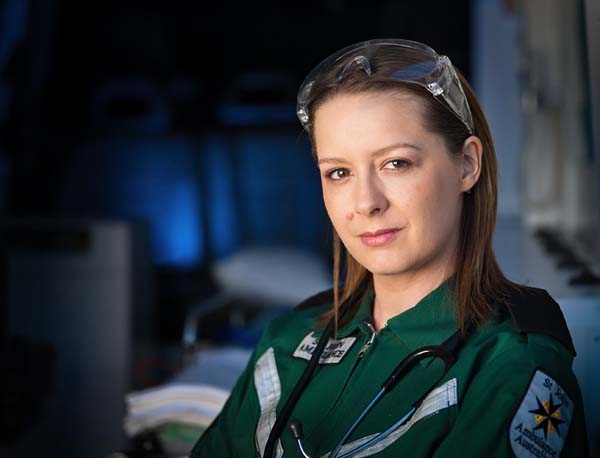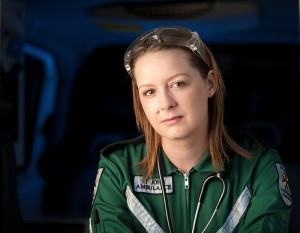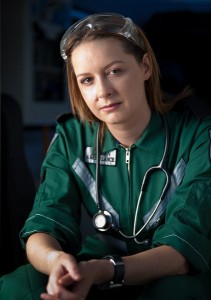Ben McKenzie is a friend and mild-mannered work colleague, but in reality, he is the Man in the Lab Coat.
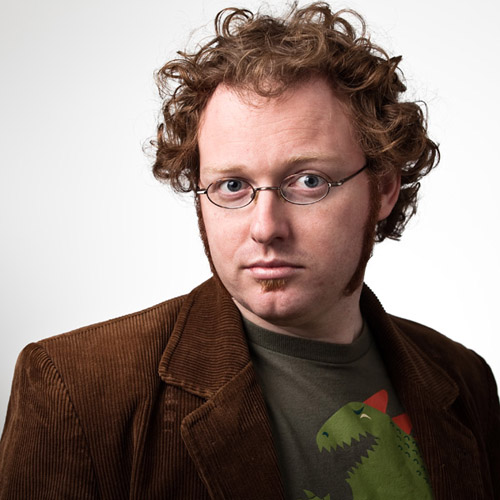
Apart from working with me, Ben is an actor, comedian, writer and improviser who specialises in science comedy, and therefore usually describes himself as a “scientician”.
Ben has written, performed and produced a series of comedy science lectures as “The Man in the Lab Coat” since 2004. His shows have appeared in both the Adelaide and Melbourne Fringe Festivals, the Melbourne International Comedy Festival, and as part of the National Science Week programme.
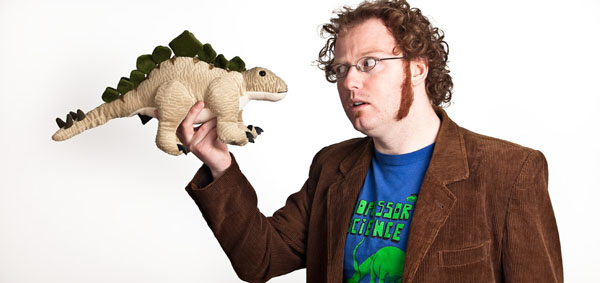
A trained public speaker, Ben has made numerous appearances for schools, corporations, scientific institutions, charity events and art gallery openings, always able to find a unique scientific angle on proceedings.
The aim of this series of shots was to provide Ben with several images with a plain white background that could be used for promotional purposes.
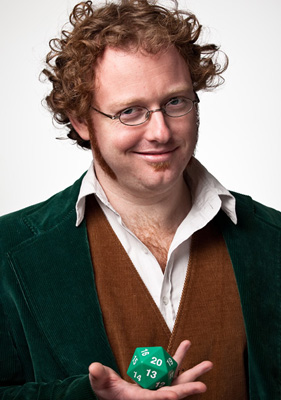
The set up was simple. The white backdrop is the wall of the living room in my house. The main light is a Nikon SB-28 speedlight fired through a white umbrella at the left of camera to produce a large, soft light. At the right of the image was a large sheet of white foam core acting as a reflector. There is another SB-28 directly behind Ben aimed at the wall to make it white. The flashes were triggered by Cybersyncs.The rest of the work was left to Ben.
This was a very enjoyable shoot. Ben is an experienced public speaker and actor and is very relaxed in front of a camera. All I had to do was stand there and press the shutter button.
